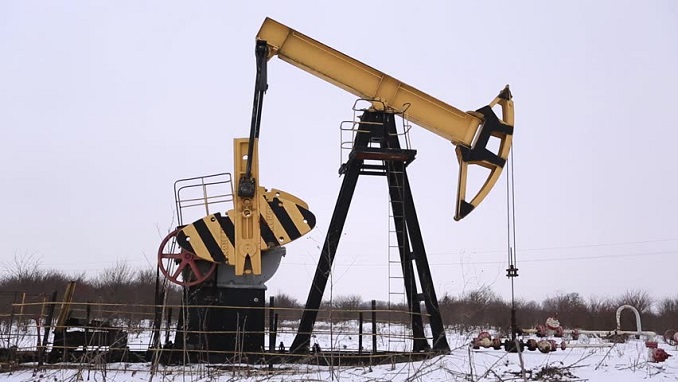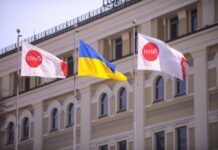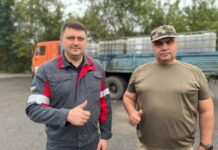Russia’s lumber, wildlife and water resources have a combined worth of 6 trillion rubles ($94.2 billion), the Natural Resources and Environment Ministry has estimated, according to RBC.
The Russian economy is heavily reliant on exports of its resources. Last week, the ministry said that the combined worth of its oil, gas and other natural resources as of 2017 — $845 billion — was equivalent to 60 percent of the country’s gross domestic product that year.
Its 2017 evaluation places the cost of timber and forest resources at 5.52 trillion rubles; surface and underground waters at 486 billion rubles; and hunted wildlife at 640.6 million rubles.
The ministry assessed the costs of 23 types of lumber outside natural reserves, as well as 21 species of wildlife based on the fines imposed on poachers.
Russia possesses one fifth of the world’s fresh water reserve but this water amount is rather unevenly distributed within Russia’s territory. The central and southern regions of European Russia, where 80% of the country’s population and industry is concentrated, have only 8% of water resources.
On the whole, renewable water resources may increase in Russia by 8–10% in the next 30 years. Their distribution will become more even. This change will bring certain positive impacts—including for hydroelectric generation.
However, managing the increased flows will pose other problems, especially when these increased flows coincide with extreme weather events such as downpours, or springtime ice-clogged floods. In addition, increasing water shortages are predicted for southern parts of European Russia, areas that already experience significant socioeconomic and sociopolitical stresses.











